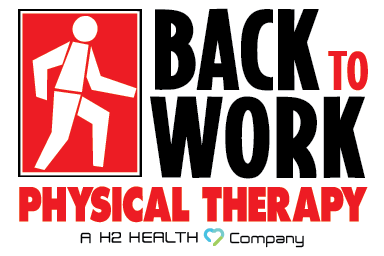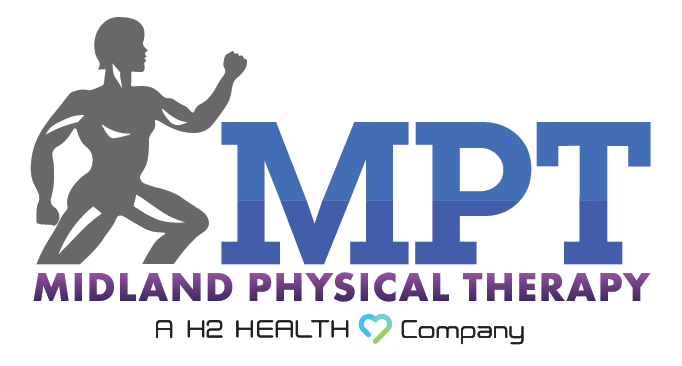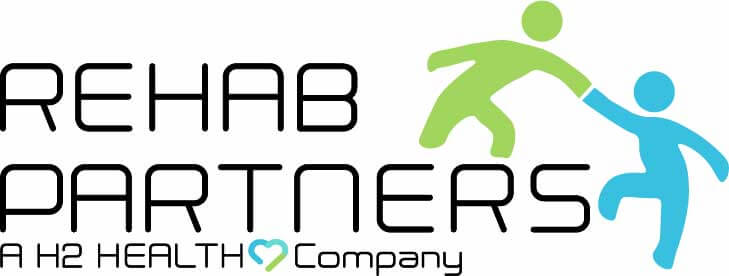
Women have physical therapy needs that are unique to their gender, age, physical condition, overall health, and more. The challenges of pregnancy, menopause, physical trauma, and more can change how a woman’s pelvic floor muscles support posture, sex, continence, and more. In this blog, we will explore how physical therapy can help the particular health needs of women of all ages.
What is the Pelvic Floor?
The pelvic floor consists of 26 separate muscles that extend from the pubic bone to the tailbone. These muscles support a woman’s urinary bladder, uterus, and rectum. They affect urination, bowel functionality, sexual activity, and even posture.
What Can Go Wrong With Pelvic Floor Muscles?
The pelvic floor muscles can become weak or, surprisingly, too tight and restrictive. Tight pelvic floor muscles are called hypertonic.
These changes in musculature happen because of a number of experiences that a woman can have over the course of a lifetime. These experiences can include:
- Pregnancy
- Menopause and aging, and the resulting drop in female hormones
- Trauma, including spinal cord injuries and traumatic brain injuries, or TBIs
- Diabetes
- Surgery in the pelvic region, including hysterectomy
- Diseases, such as multiple sclerosis, which impact the central nervous system
Accordingly, women develop symptoms that can range in severity from simple nuisances to life-altering. These symptoms are:
- Constipation
- Heavy menstrual cramps
- Urinary and bowel incontinence, including stress incontinence, or urinary leakage during heavy lifting, coughing, or sneezing
- Pain with bowel movements
- Pain with sexual intercourse or overly tight vaginal muscles during sex (vaginismus)
- Low back pain
- Vulvodynia, or pain around the external female genitalia
- Prolapse of pelvic organs, including the bladder and vagina
How Can Physical Therapy Help With Stabilizing and Supporting Muscles and Organs in the Pelvis?
A health evaluation will tell your physical therapist which areas of your pelvic floor muscles are weakest and need the most conditioning to reduce symptoms. PT typically targets strengthening the core muscles in the abdomen and the vaginal area.
Kegal exercises involve repeated constriction and relaxation of the pelvic floor muscles around the vagina (and not the thighs and buttocks). Some physical therapists use biofeedback devices to determine how efficiently patients perform these simple maneuvers.
Additionally, physical therapy for pelvic floor dysfunction can include dietary changes – a high fiber diet (including fiber capsules) and fewer foods and beverages that irritate the muscles of the urinary bladder. Plus, most patients are urged to begin a routine exercise program to improve overall fitness and their level of physical activity. A sedentary lifestyle not only makes pelvic floor muscles lax but also reduces overall physical condition, muscular strength, balance, coordination, and cardiovascular endurance.
Finally, your physical therapist may use biofeedback techniques and sensors that indicate how well you are performing your therapies. Use of these devices also helps target the right set of muscles for optimal results.
Physical Therapy in Austin and Round Rock, Texas
Women’s health physical therapy is highly attuned to the special needs women have regarding continence, sexual function, and more. Our therapists are highly trained and experienced in the treatment of these issues. We highly recommend seeing us to discuss your symptoms during a confidential consultation at one of our locations.
We offer physical therapy for pelvic health in Austin and Round Rock, TX. H2 Health also has physical therapy locations throughout the United States, including Texas and Florida. Call us at (800) 699-9395 to book your appointment, or request one here.




































